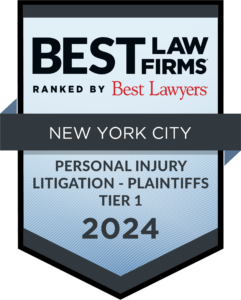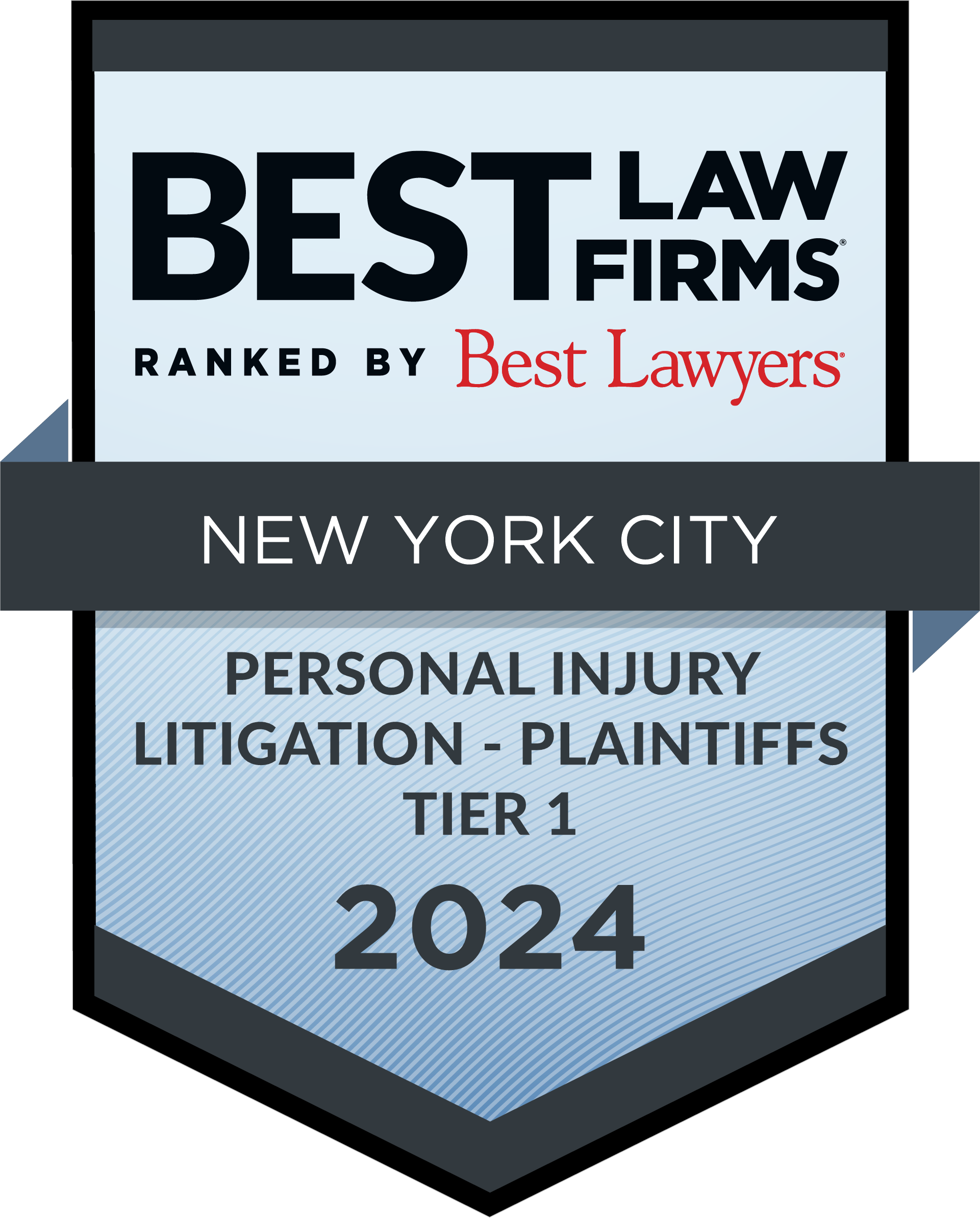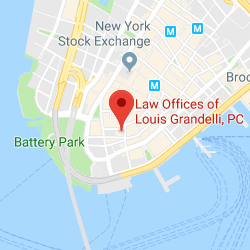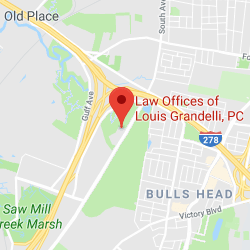In personal injury actions, the defense have a right to compel the plaintiff to see a doctor of their choosing for an “Independent Medical Examination” (IMEs). While these examinations are so-called “independent,” it is no hidden secret that they are not “independent” at all. Rather, the doctor is hired by the defendant for the exclusive purpose to draft a report and testify at trial on behalf of the defense.
The Civil Practice Laws and Rules (CPLR) authorizes defendants to conduct IMEs as a method to challenge the plaintiff’s allegations of the extent of the injuries suffered. Since the plaintiff is putting his or her physical or mental condition at issue in the case, it is reasonable that the defense has an opportunity to challenge the plaintiff’s allegations with their own examination. The IME takes place prior to the trial and often generates a report that the defense exchanges with the plaintiff.
The plaintiff should be prepared for the IME visit and be instructed that the physician at an IME is not the plaintiff’s personal doctor; there is no hypocritic oath that applies and there is no doctor-patient relationship. The plaintiff should not ask the doctor questions regarding his or her prognosis or about the course of treatment the doctor recommends. The doctor is present for the sole purpose to provide evidence to the defense regarding the plaintiff’s injuries.
IMEs have become somewhat of an industry upon itself as many doctors receive a significant portion of their income from participating in these examinations. This then raises the question of whether the procedure is trust-worthy. Indeed, plaintiff’s attorneys will often cross-examine the IME physician at trial about the fees they receive in exchange for their reports and testimony.
An interesting question has come up as to whether the plaintiff may videotape the IME appointment. Since it is unquestionable that defendants have the right to videotape plaintiffs prior to trial in order to contradict the plaintiff’s testimony of the extent of injuries or the activities they can no longer do, plaintiffs may be able to similarly offer into evidence surveillance video of the IME visits to counter the testimony of the physician.
Without a videotape of the IME, if the plaintiff contradicts the testimony of the physician, it merely becomes a question for the jury to evaluate the credibility of the physician and the plaintiff. However, if a video is able to counter the testimony of the physician, then that would stand as uncontroverted proof of what occurred at the IME appointment. For example, in Bermejo v. Amsterdam & 76th Assoc (Index No. 23985/2009 [Sup Ct. Queens Cty.]), the physician testified that the IME lasted approximately 10 to 20 minutes. However, the video showed that the total time of the IME was only one minute and 56 seconds, which had the effect of calling in to doubt the entire testimony of the physician.
There are those in the defense bar who believe that the plaintiff is not entitled to offer into evidence a videotape of the IME visit. Indeed, since videotaping of the plaintiff is expressly allowed by the CPLR, and there is no corollary provision allowing a videotape of an IME, it has been argued that such practice is not allowed.
At this time, it remains unclear whether such practice of videotaping an IME visit is allowed and whether the surveillance video would be admissible at trial.


















